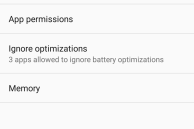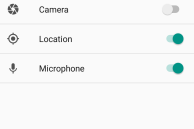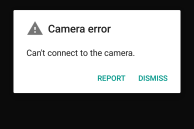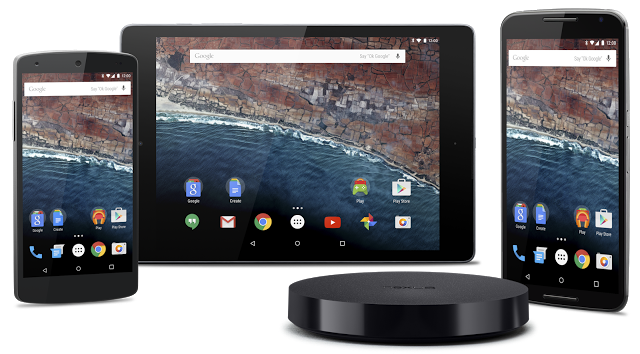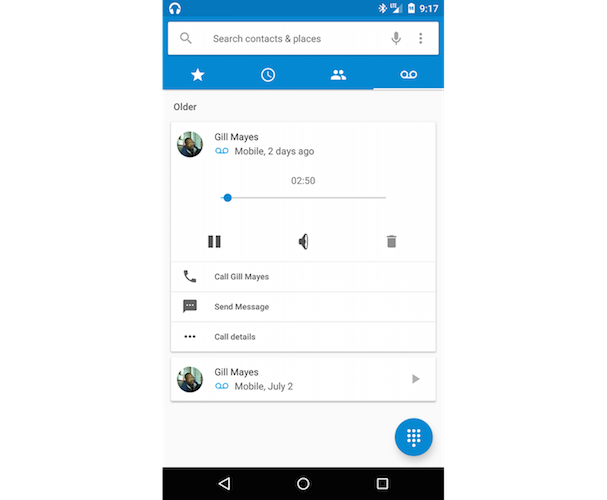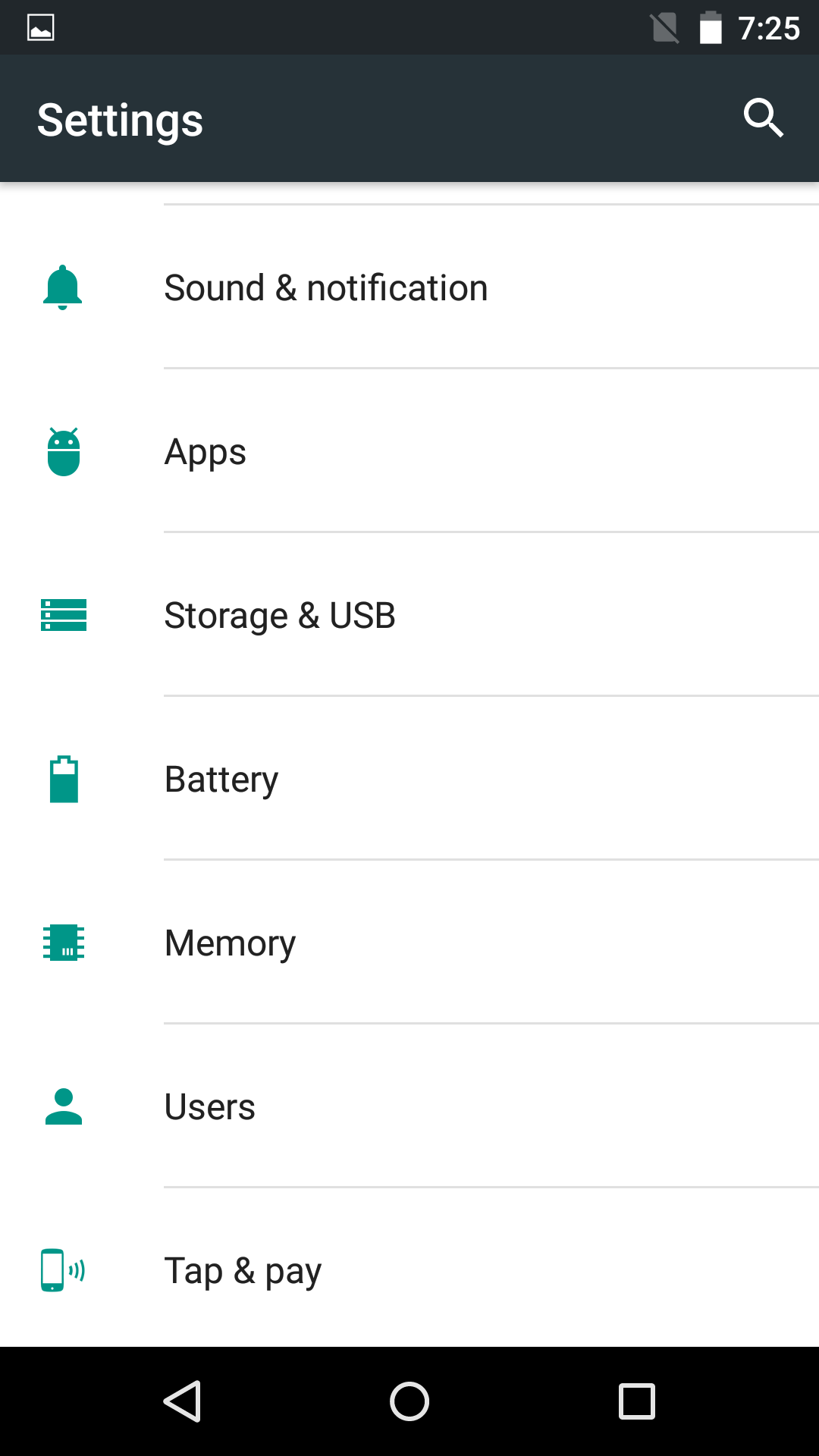
At first look, Android M might not seem like as big of an update to Android as Lollipop was, but once you start digging through the developer preview release of the OS, you realize that the upcoming version of Android comes with a plethora of usability improvements and enhancements.
To highlight the major and minor new changes in the OS, we will be doing a series of posts called ‘Android M Feature Preview’ for our readers. In the first instalment of this series, I will highlight one of the major new features in Android M: App Permissions.
Just like in iOS, Google will offer a way to control the various permissions required by apps through Permissions manager in Android M. In Lollipop and previous versions of Android, you had to grant access to all the permissions requested by the app while downloading it from the Play Store. If you were not comfortable with one of the permissions requested by the app, the only option was to not install it at all.
In Android M though, you will not have to grant permission to the app while installing it from the Google Play Store. Instead, the app will automatically prompt and request you to grant them access to specific permissions as and when required by them. However, this is only valid for apps that have been built with the target SDK set to Android M. On previous versions of Android, you will continue to get the old permissions dialog box during installation as they always have been.
You will also be able to grant or deny permissions to apps later on after initially granting/denying them. This can be done by going into Settings -> Applications, tapping on the application name followed by ‘Permissions’ and then toggling the specified permissions switch to On/Off.
To view a list of apps categorised by the permissions required by them, you can go into Settings -> Applications, tap the 3-dot overflow menu button at the top right and select ‘Advanced’ followed by ‘App Permissions.’
The catch
There is a slight catch with how the permissions manager in Android M works though. Apps must be updated and built with target SDK set to Android M to be compatible with the permissions manager in M. If not, they will continue to behave like they have in the previous versions of Android. While these apps will not prompt users to grant access to any permission before using them, users would still be able to deny them access to specific permissions from Settings -> Applications. However, since these apps will not be using the new APIs in Android M, they might crash when denied access to certain permissions.
- Permissions required by Google Camera
- Denying Camera permission to Google Camera will lead the app to show this error
On my Nexus 5 running the Android M Developer Preview though, I have not encountered any crashes due to the app being denied certain permissions. Most apps will simply show an error and all associated functionality that requires the disabled permission to work, will stop working.
Conclusion
With privacy now becoming an important point of contention for many consumers, it makes sense for Google to include a permissions manager in Android M so as to provide users with more control over their data that can be accessed by apps.
With Android M being released sometime in Q3 of this year, Android developers have an ample amount of time to test their apps and support the new permissions manager in the OS.
Are you excited about the new Permissions manager app in Android M?

